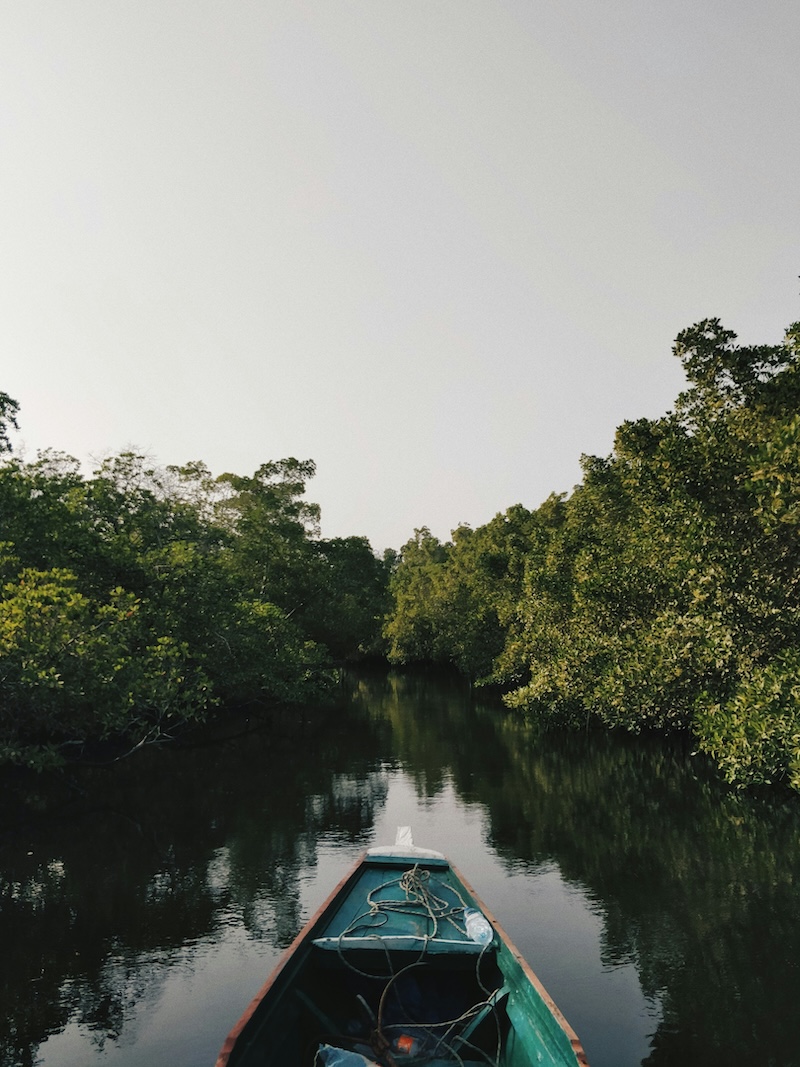
Saint-Louis, Senegal: Fishing Villages, Birdwatching and Other Highlights
By: Heather Keys
Skip to Section
Based along the northwest coast of Senegal, Saint-Louis is a historic city and the capital of the region of the same name. Listed as a UNESCO World Heritage Site, Saint-Louis once was a busy port city, important to West Africa’s cultural and economic history. The old town of Saint-Louis is actually on a small island in the Senegal River, with a larger suburban area extending throughout the mainland.
Let’s look at a few highlights of Senegal’s Saint-Louis, and what makes this area a standout.
Saint-Louis Island
As mentioned, this island holds a position as a UNESCO World Heritage Site, and it once was a hub for European traders in search of manufactured products, natural goods, and, distressingly, slaves. Saint-Louis was the capital of French West Africa, and later the capital of Senegal and Mauritania until the mid-1950s when Senegal’s capital was transferred to Dakar. In 2000, the city was recognized by UNESCO for its importance in the economic and cultural development of West Africa, and as an example of a historic colonial city.
Senegal River
Spanning 1,641 kilometers and passing through Senegal, Mauritania, and Mali, this river has been essential to the area’s ecology and economy. Much of the river denotes the boundary between Senegal and Mauritania, and throughout the 16th to 20th centuries, was an important trade route.

Photo by Anton Lecock on Unsplash
Faidherbe Bridge
Opened in 1897, the Faidherbe Bridge connects Saint-Louis Island and the mainland. It crosses the Senegal River, and spans just over 507 meters—it was rehabilitated in the early 2010s after falling into a state of disrepair.
Langue de Barbarie National Park
Located about 18 kilometers south of Saint-Louis, this national park was established in 1976 and is an important spot for protecting nesting sea turtles and migratory birds. There are more than 150 species of birds here, including a large number of European migratory birds. Travelers here can go on boat tours as well as walking tours to learn more about the park and its history, plants, and animals.
Guet N’Dar Fishing Village
Located on Saint-Louis island, the Guet N’Dar fishing village is characterized by its colorful boats and bustling community. Unfortunately climate change has wreaked havoc here, with rising sea levels threatening the survival of the town and its people. Seawalls have been built here to help offset flooding, but longer-term solutions have yet to be found to help preserve the village, and indeed, the whole island.
Djoudj National Bird Sanctuary
A bit north of Saint-Louis, the Djoudj National Bird Sanctuary is another UNESCO World Heritage Site, recognized for its sprawling wetlands that serve as a refuge for migratory birds. There are more than 150 species of birds that can be found here, notably the white pelican, purple heron, African spoonbill, great egret, night heron, and the cormorant.
Have you had the opportunity to visit Senegal, or other parts of West Africa? Share your stories and advice with the Frayed Passport community!
About the Author
Originally from Indiana, Heather believes every destination has a story worth telling and a reason to visit. With a deep love of adventure, history, and psychology, she shares travel trivia, tips, and inspiration to encourage you to explore the world with curiosity and optimism. Read her other articles on Frayed Passport here.Information published on this website and across our networks can change over time. Stories and recommendations reflect the subjective opinions of our writers. You should consult multiple sources to ensure you have the most current, safe, and correct details for your own research and plans.
Frayed Passport is a participant in the Amazon Associates Program, an affiliate advertising program designed to provide a means for sites to earn advertising fees by advertising and linking to Amazon.com. We also may share links to other affiliates and sponsors in articles across our website.




